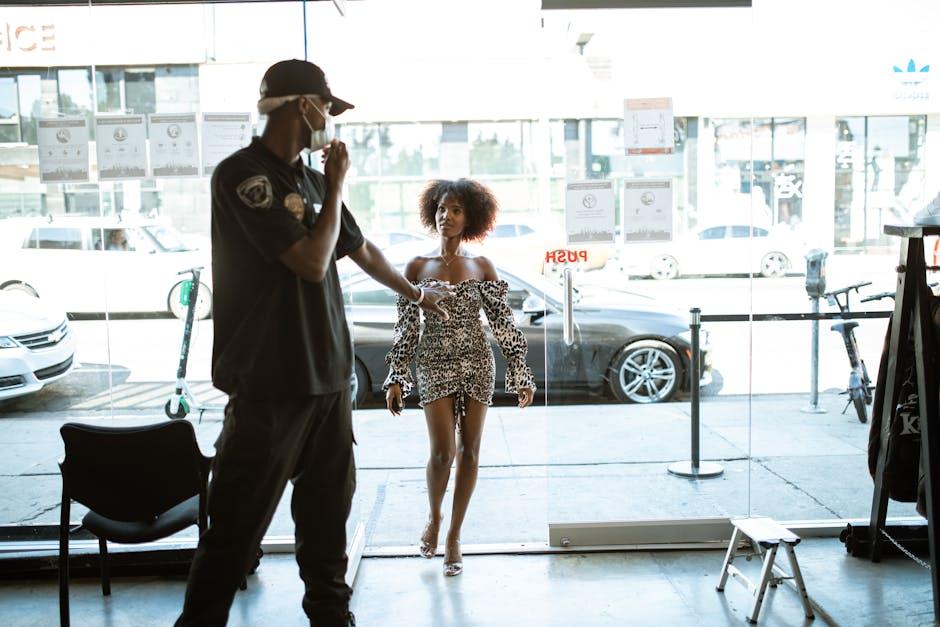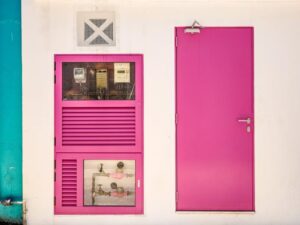As the sun sets over the Twin Cities and the bustling streets grow quiet, retail stores face a critical challenge: how to keep their doors-and peace of mind-secure after hours. Whether nestled in Minneapolis’ vibrant downtown or tucked away in a suburban shopping center, businesses must navigate a unique blend of urban and community risks. Securing a retail store after hours is not just about locking doors; it’s about creating a fortress that protects inventory, staff, and reputation. In this article, we’ll explore practical strategies and local insights to help Twin Cities retailers safeguard their stores long after the last customer leaves.
Table of Contents
- Choosing the Right Security System for Twin Cities Retail Stores
- Effective Lighting Strategies to Deter After Hours Intruders
- Implementing Access Control and Alarm Monitoring Solutions
- Staff Training and Protocols for After Hours Security
- Partnering with Local Law Enforcement and Security Services
- Q&A
- Future Outlook
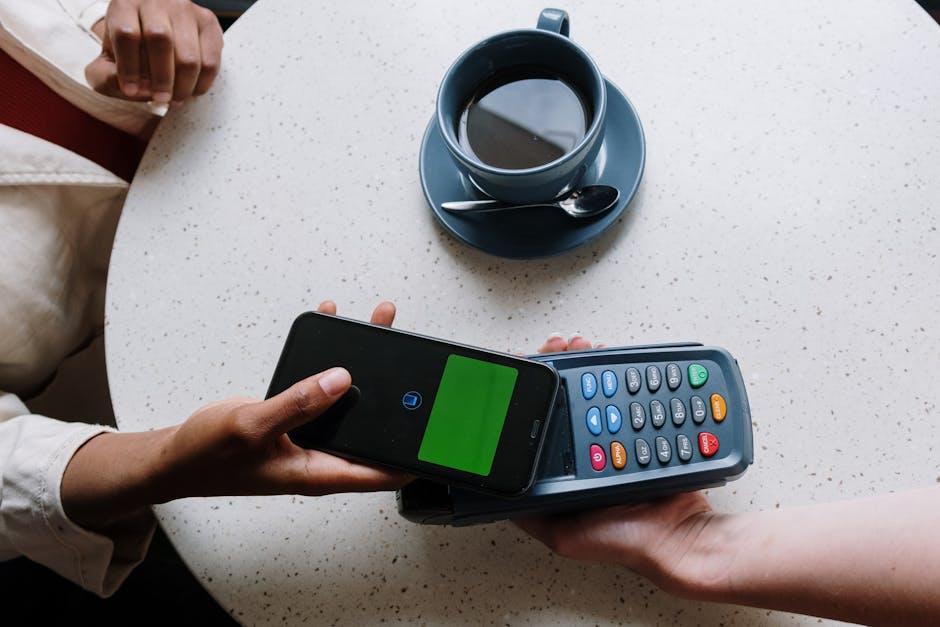
Choosing the Right Security System for Twin Cities Retail Stores
When selecting a security system for retail stores in the Twin Cities, it’s essential to consider a combination of technology tailored to the area’s unique risks and business needs. Video surveillance cameras with night vision capabilities offer continuous monitoring and can deter potential break-ins. Integrating motion detectors with smart lighting ensures any unusual movement after hours triggers an immediate spotlight on the area, increasing visibility and scaring off intruders. Furthermore, remote access systems allow store owners to check live feeds and receive notifications in real time, no matter where they are.
Some key features to prioritize include:
- 24/7 monitoring services: A dedicated team to respond promptly to alarms.
- Silent alarms: Discreetly alert authorities without tipping off intruders.
- Environmental sensors: Detect smoke, fire, or water leaks for comprehensive protection.
- Access control systems: Restrict entry post-hours with codes or biometrics.
| System Type | Best For | Feature Highlight |
|---|---|---|
| CCTV Cameras | Visual deterrence | Night vision |
| Motion Sensors | Immediate alerts | Smart lighting activation |
| Remote Access | Owner convenience | Mobile notifications |

Effective Lighting Strategies to Deter After Hours Intruders
Strategic illumination plays a pivotal role in discouraging unauthorized access during off-hours. By installing motion-activated lights around entry points and dark corners, you create sudden bursts of brightness that startle potential intruders, making your store less appealing as a target. Layered lighting-with a combination of overhead floodlights, pathway lights, and accent lighting-eliminates shadows where criminals might hide, increasing visibility for passersby and local security patrols.
Implementing a lighting schedule synchronized with your store’s closing time ensures consistent coverage throughout the night, reducing human error in remembering to switch lights on or off. Consider energy-efficient LED fixtures for durability and cost savings. Below is a simple guide to effective lighting placement that maximizes security benefits:
| Location | Lighting Type | Benefit |
|---|---|---|
| Front Entrances | Motion-activated floodlights | Instant illumination deters approach |
| Back Doors & Loading Areas | Continuous low-level LED lighting | Maintains constant visibility |
| Parking Lots | Pole-mounted broad-area lights | Enhances overall area surveillance |
| Perimeter Fencing | Spotlights with timers | Eliminates dark spots and shadows |
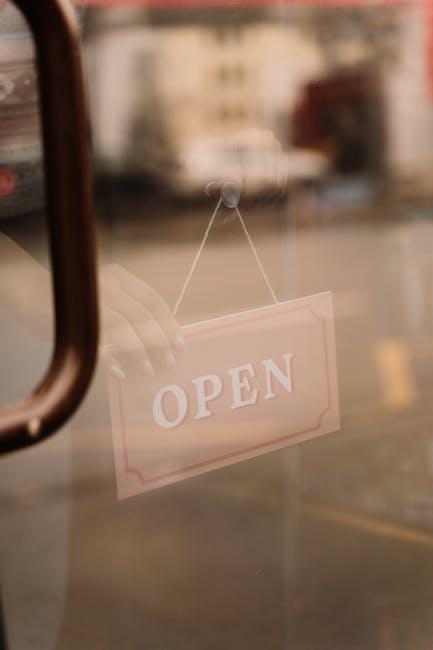
Implementing Access Control and Alarm Monitoring Solutions
Integrating robust access control systems into your retail store’s security infrastructure is paramount to preventing unauthorized entry after hours. Utilizing advanced card readers, biometric scanners, or mobile credential access allows for precise control over who can enter the premises. These technologies not only restrict access but also provide detailed audit trails, helping management track entry times and identify any suspicious activity. Moreover, setting customized access schedules ensures employees and vendors can only enter during authorized timeframes, significantly reducing the risk of break-ins or internal theft.
Alarm monitoring solutions complement access control by serving as an active defense mechanism. Modern alarm systems can detect unusual movements, forced entries, or glass breakage, triggering instant alerts to both the retailer and local authorities. Many services offer remote monitoring through smartphones or central security hubs, providing real-time updates regardless of location. Here’s a quick overview of essential features to consider when selecting these systems:
| Feature | Benefit | Example |
|---|---|---|
| 24/7 Monitoring | Ensures continuous surveillance and rapid response | Professional Security Center |
| Real-Time Alerts | Immediate notification for suspicious activities | Mobile App Notifications |
| Integration Capability | Seamlessly connects with other security systems | Smart Locks, CCTV |
| Customizable Alarm Settings | Adjust sensitivity and alarm types based on needs | Motion Detection Zones |

Staff Training and Protocols for After Hours Security
Ensuring your retail store remains secure after hours begins with a well-trained team that understands the unique challenges of late-night protection. Employees must be equipped with clear, actionable protocols emphasizing vigilance and immediate response. Regular workshops on identifying suspicious behavior, handling alarms, and emergency communication bolster confidence and readiness. Incorporating role-playing scenarios can help staff practice quick decision-making, transforming potential vulnerabilities into strengths. Remember, knowledge is your first line of defense-empowered employees create a safer environment.
Implementing detailed checklists and communication routines both before and after store closing ensures no step is overlooked. This includes everything from verifying all entrances are secured to confirming system-wide alarm activations. Use the table below as a quick reference for essential after-hours security tasks:
| Task | Responsible Party | Verification Method |
|---|---|---|
| Lock All Doors & Windows | Closing Staff | Physical Check & CCTV Confirmation |
| Activate Alarm Systems | Security Supervisor | Alarm Panel Confirmation |
| Run Final Sweep of the Premises | All On-Duty Staff | Walkthrough & Walkie-Talkie Report |
| Log All Security Activities | Shift Manager | Digital Entry in Security Log |
By institutionalizing these practices and fostering a culture of accountability, your after-hours security protocol becomes a seamless part of daily operation rather than an afterthought.
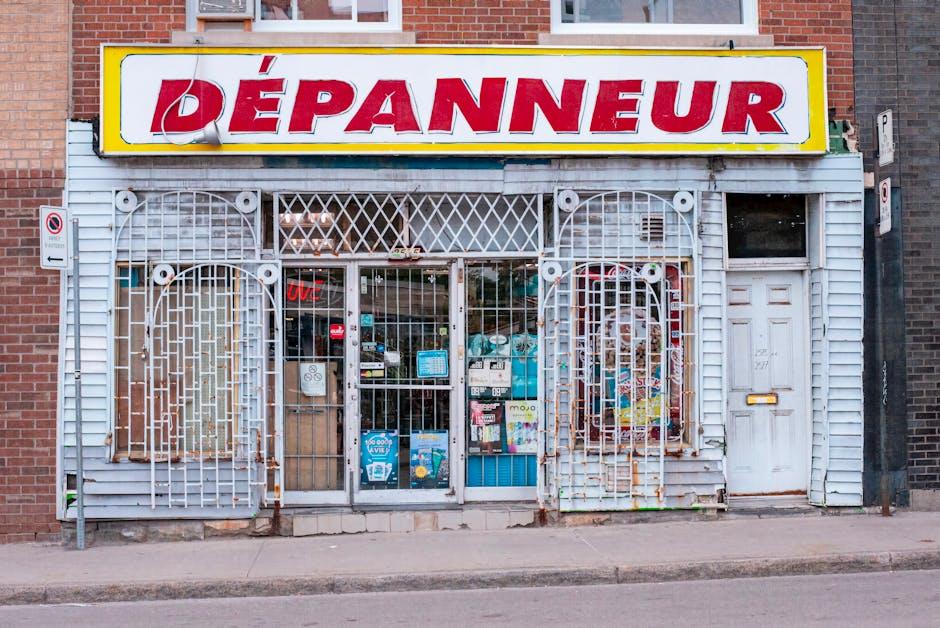
Partnering with Local Law Enforcement and Security Services
Building strong connections with local law enforcement is a cornerstone of effective after-hours security. Establishing a direct line of communication allows you to stay informed about any suspicious activity in the area and ensures a quicker response time should an incident arise. Consider inviting local police officers to conduct periodic walkthroughs of your store after closing hours. These visits not only act as a deterrent to potential intruders but also provide an opportunity for you to receive tailored advice that aligns with crime trends specific to the Twin Cities.
In addition to police partnerships, teaming up with professional security services can significantly enhance your store’s protection. Many security companies offer customizable packages including alarm monitoring, on-site patrols, and real-time video surveillance that integrates seamlessly with your existing setup. Combining local law enforcement vigilance with professional security presence creates a layered defense strategy that covers all bases. Here’s a quick comparison of typical offerings:
| Security Partner | Key Services | Benefits |
|---|---|---|
| Local Police | Patrols, Rapid Response, Crime Reports | Trusted authority, community awareness, no direct cost |
| Security Firms | Alarm Systems, 24/7 Monitoring, Mobile Patrols | Professional expertise, customized solutions, technology integration |
- Maintain regular updates with your contacts to stay ahead of emerging threats.
- Share incident data to improve community-wide security effectiveness.
- Review and adapt contracts yearly to ensure services meet evolving needs.
Q&A
Q&A:
Q1: Why is securing a retail store after hours especially important in the Twin Cities?
A1: The Twin Cities, with their vibrant commercial hubs and diverse neighborhoods, experience a mix of foot traffic and occasional property crimes after hours. Securing your retail store not only protects your inventory and assets but also helps maintain a safe community environment and minimizes costly losses and disruptions.
Q2: What are the most effective physical security measures for after-hours protection?
A2: Physical security starts with robust door locks, reinforced window shutters or security film, and sturdy gates for outdoor access points. Installing motion-activated exterior lighting around entrances and dark corners is crucial. Additionally, secure cash storage, like time-lock safes, reduces the risk of theft during off-hours.
Q3: How can technology enhance after-hours retail security in the Twin Cities?
A3: Modern security technology can transform your store’s safety. Surveillance cameras with night vision and remote monitoring allow you to keep an eye on your premises from anywhere. Alarm systems connected to local police or security firms provide instant alerts. Smart access systems let you control entry with digital keys or biometric scans, reducing risks of unauthorized access.
Q4: Are there any local Twin Cities security services that retailers should consider?
A4: Absolutely. Many specialized security companies in Minneapolis and St. Paul offer tailored after-hours patrols and rapid response services. Partnering with a local security firm ensures quicker response times, familiarity with neighborhood crime trends, and customized advice fitting your store’s unique needs.
Q5: What role do employees play in after-hours security?
A5: Employees are a frontline resource. Training staff on closing procedures ensures all security measures are correctly implemented. Encourage them to report suspicious activity immediately and follow protocols for locking up. A culture of security awareness helps mitigate vulnerabilities before they become problems.
Q6: How can retail store owners balance security with the community-friendly vibe of the Twin Cities?
A6: Effective security doesn’t mean a fortress-like atmosphere. Use aesthetically pleasing security fixtures and maintain a welcoming storefront during business hours. Engage with local neighborhood watches and community groups to foster trust and shared vigilance, blending safety with the Twin Cities’ warm, community-oriented spirit.
Q7: What ongoing steps should retailers take to maintain after-hours security?
A7: Regularly review and update your security systems to keep pace with evolving threats. Conduct periodic security audits, refresh employee training, and stay informed about local crime patterns via Twin Cities police updates. Proactive maintenance and vigilance ensure your store remains a secure and thriving business hub.
Future Outlook
Securing a retail store after hours in the bustling Twin Cities requires a blend of thoughtful strategy, reliable technology, and community awareness. By implementing robust security measures tailored to the unique challenges of the area, store owners can protect their investments and foster peace of mind long after the lights go out. Remember, safeguarding your business is not just about preventing loss-it’s about building resilience and trust in a vibrant retail landscape. With the right approach, your store can rest as soundly as the city itself when night falls.


